Review: Rodolfo Biagi con Hugo Duval 1956/1961
I think Biagi is a good gateway drug to the 1950s. If I were to nudge a recalcitrant "traditionalist" towards newer music, I could very well start with this album.
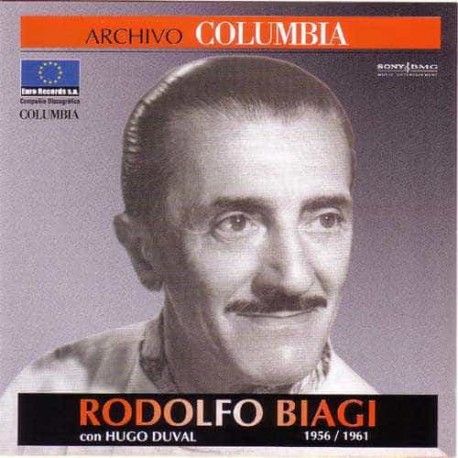
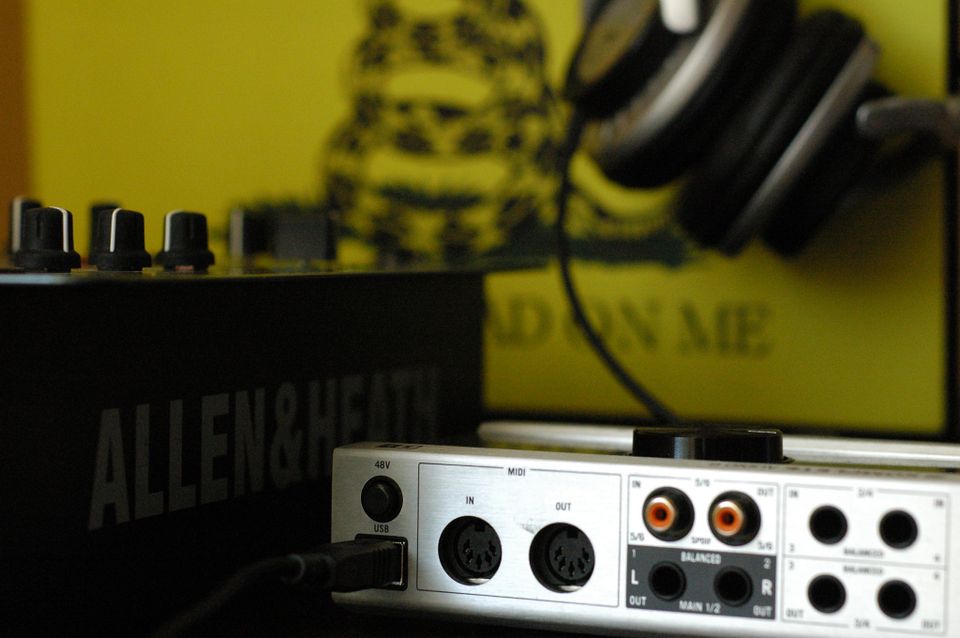
I think Biagi is a good gateway drug to the 1950s. If I were to nudge a recalcitrant "traditionalist" towards newer music, I could very well start with this album.

In the context of tango DJing, harmonic mixing is using your knowledge of keys to create harmonic contrast between two adjacent songs within a tanda.
Romantica Milonguera remade four Beatles songs in a tango fashion.
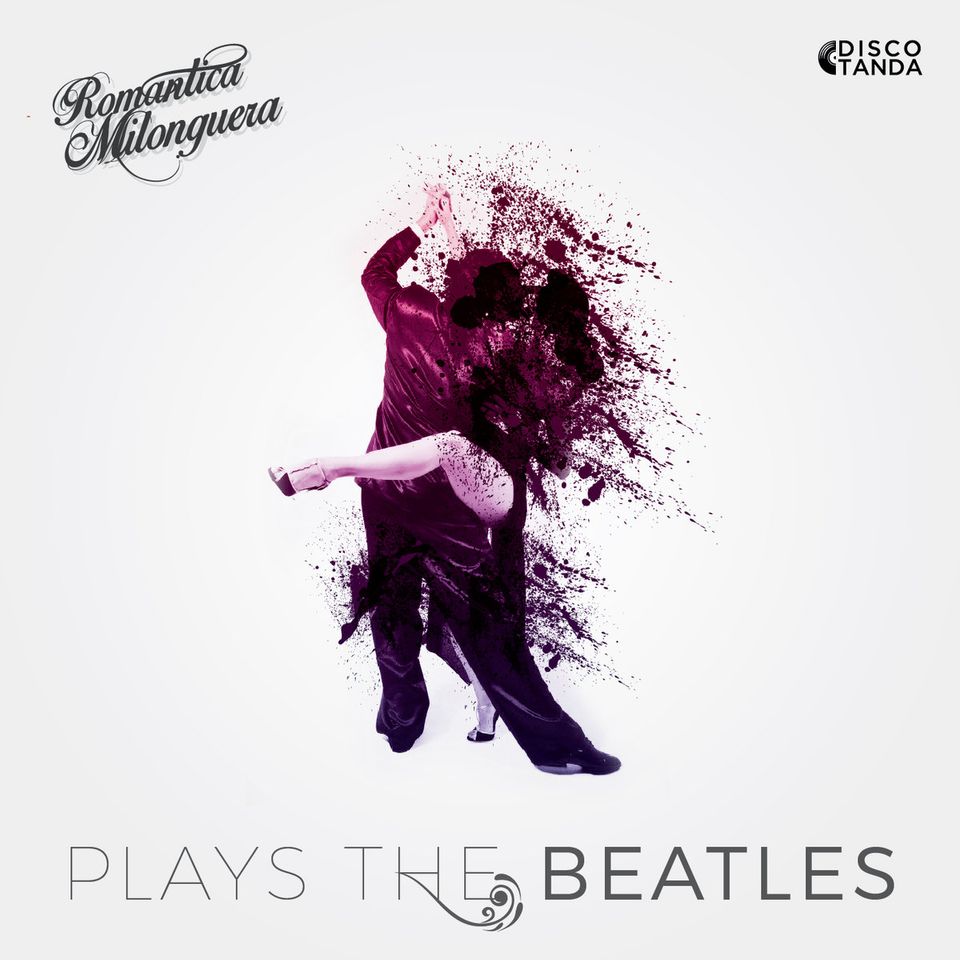
I played Saturday night at a festival near Trondheim, Norway, in a place called Hell.
This blog has so far been covering my discoveries of contemporary tango. It may appear that I only care about the present but it is not so: I am deeply invested in the tango tradition.
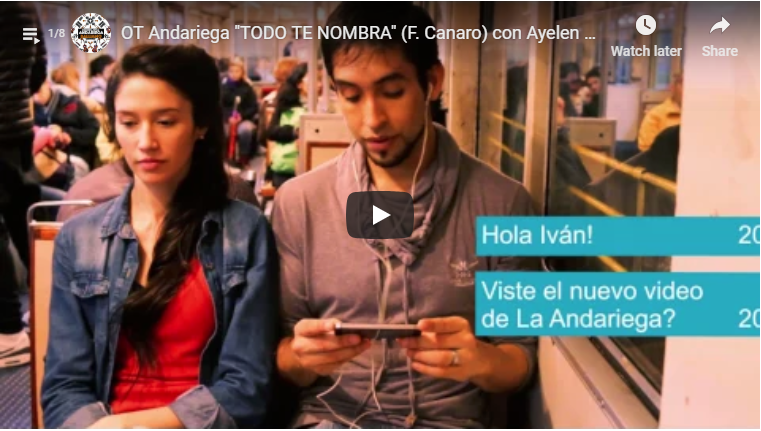
It takes two to tango but at least three to make tango, and possibly four to create a rich enough sound space for tango to flourish. Quarteto Sol Tango manage that beautifully. Their new release "Sin palabras" has been out since early January.
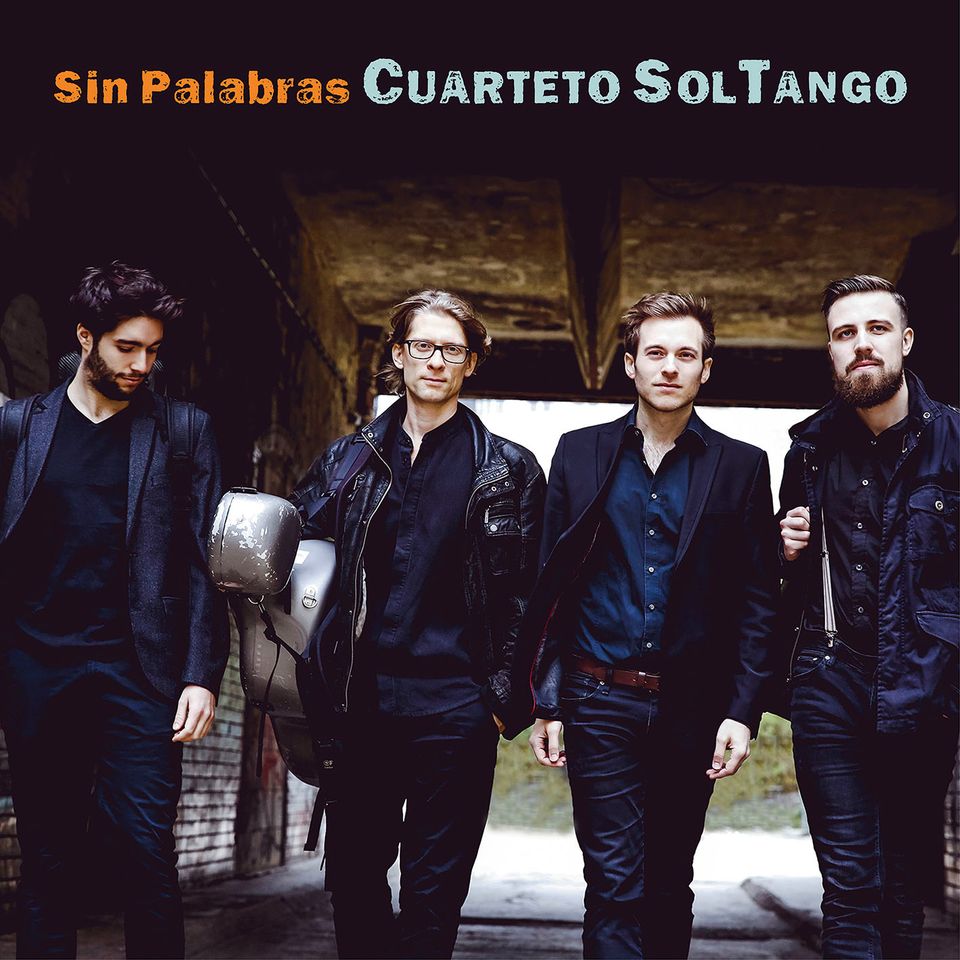
There was a show at this instance of the regular Monday milonga, and as a result, more people than usual showed up. Despite my original intent, no 1960's music made it into my set. I alternated primarily between 1940s, 1950s and 2010s.
Do you ever meet a song that you just can't get out of your head afterwards? I bet you do. As a DJ, I try to keep my musical relationships casual and uncommitted. Despite my best efforts however, some songs do occasionally drill deep into my memory circuits and keep flooding my consciousness for days on end.
This is a story of unfulfilled expectations. Of "what might have been."
The inaugural edition of my milonga has ended up being a fusion of 1940s and 2010s. It has not been pre-determined, and yet I am not surprised. The venue is rather compact, and I did not feel I had enough space to let the 1950s romanticism flourish.